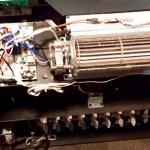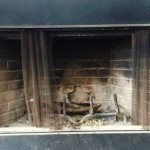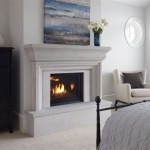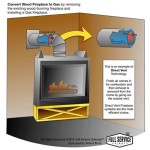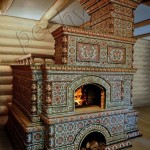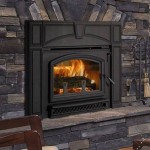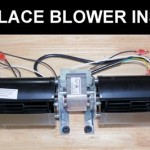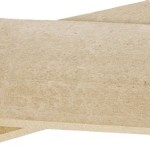Fireplace Heat Exchanger Blower Motor: Ensuring Optimal Heat Distribution
Fireplace heat exchangers are an integral part of modern fireplace systems, enabling efficient heat distribution throughout a home. A crucial component of this system is the blower motor, responsible for circulating heated air from the exchanger into the living space. This article delves into the workings of the fireplace heat exchanger blower motor, its importance, troubleshooting steps, and considerations for maintenance and replacement.
How Does a Fireplace Heat Exchanger Blower Motor Function?
The blower motor within a fireplace heat exchanger serves as the heart of the system's air circulation. It is typically a small, electric motor located near the heat exchanger. When the fireplace is in operation, the motor draws in cool air from the room, forcing it through the heat exchanger where it is warmed up. This heated air is then blown out of the vents and into the room, effectively distributing warmth throughout the living space.
The blower motor operates on a variable speed basis, allowing for precise control over the airflow. This allows users to adjust the heat output to suit their comfort levels and the specific needs of the room.
The Importance of a Properly Functioning Blower Motor
A well-functioning blower motor is essential for optimal heat distribution and efficiency of a fireplace heat exchanger system. Here's why:
-
Improved Heat Distribution:
The blower motor ensures that the heated air reaches all corners of the room, preventing cold spots and maximizing the warmth generated by the fireplace. -
Enhanced Efficiency:
By efficiently circulating heated air, the blower motor helps to reduce the amount of heat lost through the chimney, making the fireplace more energy-efficient. -
Increased Comfort:
A properly functioning blower motor provides consistent and even heating throughout the room, leading to increased comfort and a warmer environment. -
Protection Against Overheating:
The blower motor plays a crucial role in maintaining a safe operating temperature for the heat exchanger. If the motor fails, the exchanger may overheat, potentially causing damage or safety hazards.
Troubleshooting a Fireplace Heat Exchanger Blower Motor
When a blower motor malfunctions, it can significantly affect the performance of the fireplace system. Here are some common issues and troubleshooting steps:
-
No Power:
Firstly, check the power supply to the fireplace. Ensure that the circuit breaker is not tripped. -
Motor Not Running:
If the power is on and the motor is not running, check the motor's fuse. Replacing a blown fuse can restore functionality. -
Loud Noises:
Excessive noise from the blower motor could indicate a problem with the motor bearings or a loose component. Professional inspection and repair may be necessary. -
Intermittent Operation:
If the blower motor runs intermittently, it could be a sign of a faulty control board or a wiring issue. Consult a qualified technician for diagnosis and repair.
Maintenance and Replacement of the Blower Motor
Regular maintenance is crucial for extending the lifespan of your fireplace heat exchanger blower motor. The following guidelines can help:
-
Dust Removal:
Regularly clean the blower motor and its surrounding area to remove dust and debris which can cause motor failure. -
Lubrication:
Depending on the motor type, periodic lubrication may be required. Consult the manufacturer's instructions for specific lubrication requirements. -
Inspection:
Periodically inspect the blower motor for signs of wear, damage, or loose connections. -
Professional Maintenance:
For complex repairs or motor replacement, it is recommended to seek the services of a qualified fireplace technician.
Replacing a blower motor can be a complex task, requiring specialized tools and knowledge. It's important to hire a qualified fireplace technician who can properly diagnose the problem, ensure a safe installation, and guarantee the functionality of the new motor.

Size 45 Airculator Wood Burning Fireplace Heat Exchanger

24gr 14 24td Fireplace Heat Exchanger Hasty Hastyheat

24gr 14 24td Fireplace Heat Exchanger Hasty Hastyheat

24gr 14 24td Fireplace Heat Exchanger Hasty Hastyheat

24gr 14 24td Fireplace Heat Exchanger Hasty Hastyheat

Spitfire Fireplace Heater With 6 Tubes And 2 Sd Blower

Medium Double Row Tube Fireplace Grate Heater With Dual Blowers Hastyheat

Fireplace Wood Burning Airculator 45 20k Btu S Heat Exchanger Blower He14501

Size 39 Airculator Wood Burning Fireplace Heat Exchanger

Size 45 Airculator Wood Burning Fireplace Heat Exchanger

